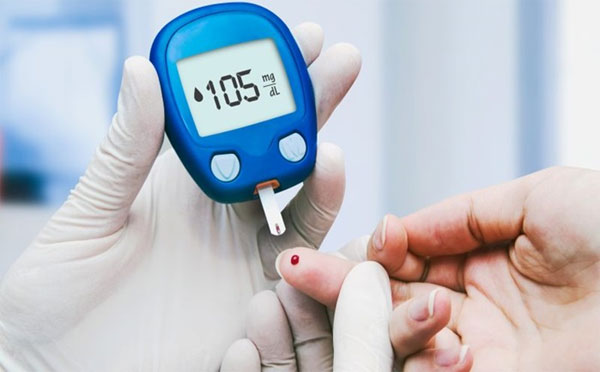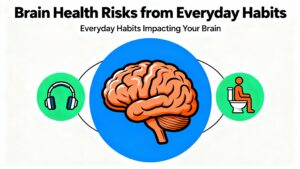In a notable achievement, researchers at IIT Bombay and Osmania Medical College l have come across concealed biochemical indicators in blood that can shed light on why diabetes acts differently in Indian patients. The research was spearheaded by IIT Bombay’s Prof. Pramod Wangikar and Osmania Medical College’s Dr. Rakesh Kumar Sahay and Dr. Manisha Sahay, in association with researchers at Clarity Bio Systems India, Pune. Prof. Wangikar’s research was published in the Journal of Proteome Research in July 2025. The discoveries may assist practitioners in identifying early indicators of diabetic kidney disease (DKD) and improving treatment regimens that are tailored for individualized treatment.
Using the process of metabolomics — the investigation into small molecules in blood that are informing real-time changes in metabolism — the researchers studied hundreds of metabolites in the same sample to find patterns of subtle biochemical changes. Metabolites are small molecules occurring as the result of ongoing cellular activity and can provide evidence of health imbalances when they are not evident as clinically visible changes in health the patient is experiencing.
While previous studies have established associations with diabetes in molecules such as branched-chain amino acids (BCAAs), acylcarnitines, and some lipids, most of the studies focused on study populations in Europe and East Asia. Because genetic and lifestyle factors are heterogeneous among geographic regions, markers that are identified in one population may not reflect risk in a different population. Thus, this study brings value as it focuses on Indian patients where the prevalence of diabetes and the associated patterns of complications can be markedly different as compared to the previously studied populations. This study collected blood samples from 52 volunteers (15 healthy, 23 with T2DM, and 14 with diabetic kidney disease) from Osmania General Hospital, Hyderabad, India, between June 2021 and July 2022. For metabolomic analysis, the researchers used high-resolution analytical instruments (liquid chromatography – mass spectrometry [LC-MS] and gas chromatography – mass spectrometry [GC-MS]) to evaluate nearly 300 metabolites across the samples.
In their study, researchers found 26 metabolites that were significantly different between diabetic patients and healthy adults. For example, markers such as glucose, cholesterol, and 1,5-anhydroglucitol were found, confirming our prior knowledge in the field. They also were able to report several new metabolites associated with diabetes for the first time, including valerobetaine, ribothymidine, and fructosyl-pyroglutamate. “This indicates that diabetes is a much broader metabolic disorder than just glucose dysregulation,” noted Prof. Wangikar in regard to those new findings.
It is important to mention that their study was preliminary and used a small sample size. However, their plan is to expand upon this diagnosis with a much larger and more diverse population. In the long run, they hope to use these biomarker approaches to develop simple diagnostic tests that can identify diabetes early and/or people that are most at risk of developing severe complications, such as renal disease.
This early investigative work delineates new dimensions in understanding the biology of diabetes within Indian populations, and it is an important step to reach towards providing precision medicine. Specifically, this involves tailoring treatment and prevention strategies based on the individual metabolic profile.












More Stories
Neurologist Warns: These 3 Everyday Habits Could Be Silently Damaging Your Brain
Fitness Trainer Reveals the Body’s Most Underrated Weapon Against Diabetes—‘Muscle Can Soak Up Glucose Even Without Insulin’
Global Obesity Crisis: New Weight-Loss Drugs Bring Hope, But Prevention Still Holds the Key